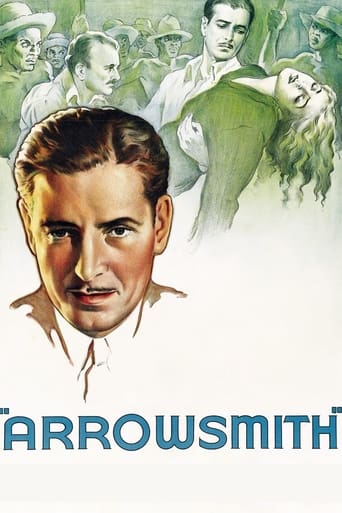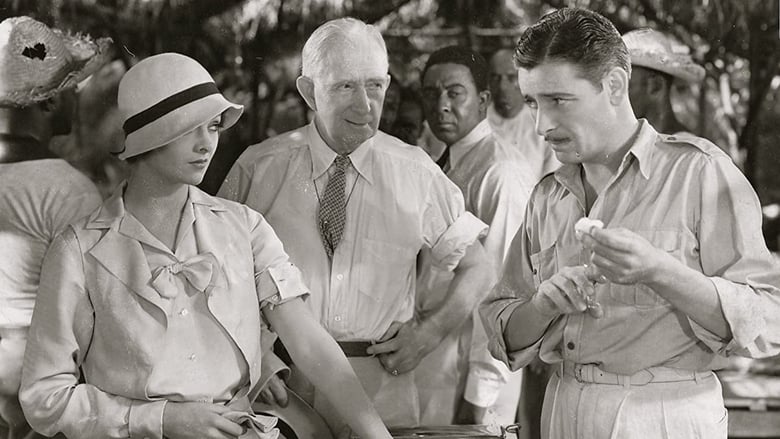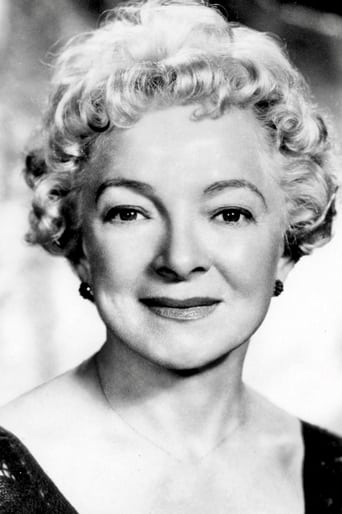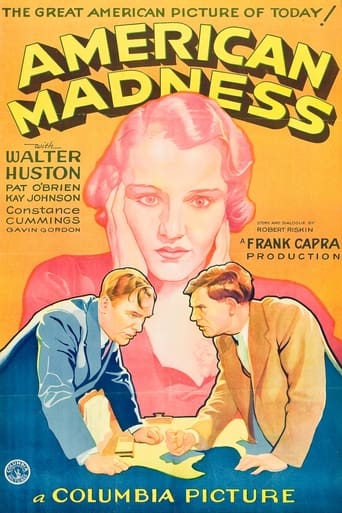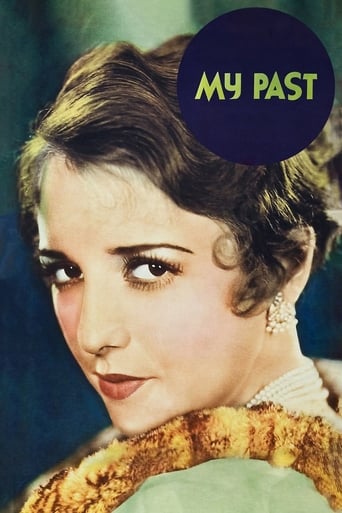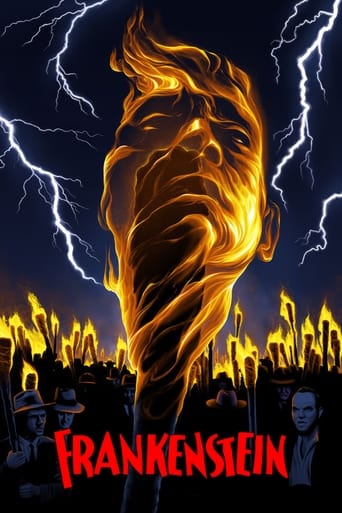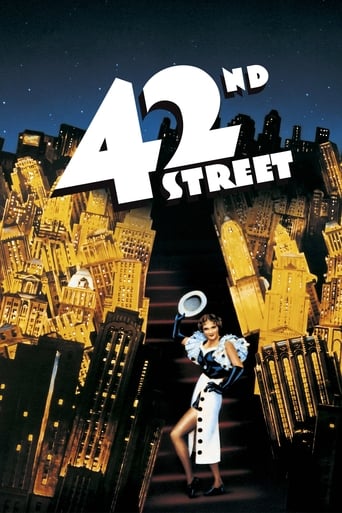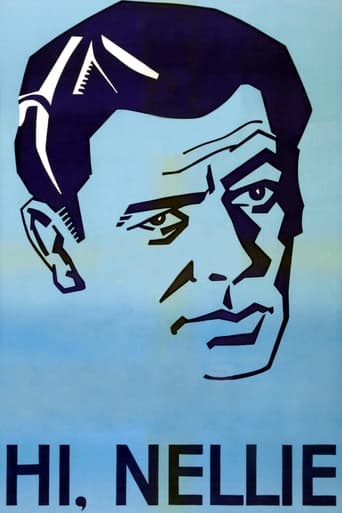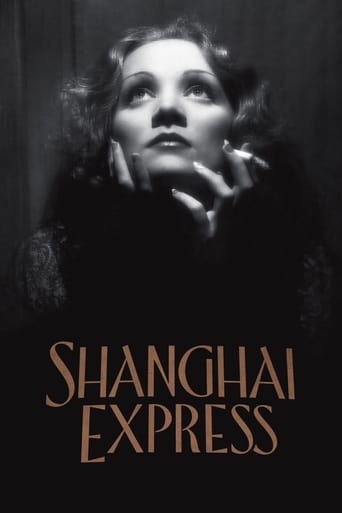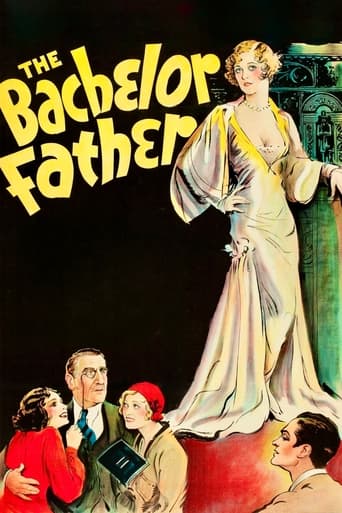Arrowsmith (1931)
A medical researcher is sent to a plague outbreak, where he has to decide priorities for the use of a vaccine.
Watch Trailer
Cast
Similar titles
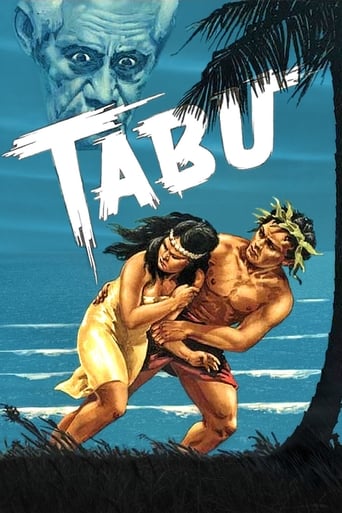
Reviews
Fantastic!
best movie i've ever seen.
I like movies that are aware of what they are selling... without [any] greater aspirations than to make people laugh and that's it.
There's no way I can possibly love it entirely but I just think its ridiculously bad, but enjoyable at the same time.
The student of medical school Martin Arrowsmith (Ronald Colman) dreams on becoming a researcher. He seeks out Professor Max Gottlieb (A.E. Anson) that promises the position when Arrowsmith is an undergraduate doctor. Meanwhile Arrowsmith meets the nurse Leora (Helen Hayes) and they fall in love with each other. When Prof. Gottlieb invites Arrowsmith to work with him in New York, he declines since the salary is not enough to support Leora and him. He marries Leora and becomes a countryside doctor. After a while, the frustrated Arrowsmith decides to move with Leora to New York to work with Gottlieb. Soon he is invited to go to a Caribbean Island where there is an outbreak of bubonic plague to test a serum he has developed in the population and Leora decides to go with him despite the danger. Will Arrowsmith succeed in saving the inhabitants? "Arrowsmith" is a deceptive film directed by John Ford. The story seems to be incomplete missing explanation, for example, about Mrs. Joyce Lanyon, performed by the gorgeous Myrna Loy. The relationship between Arrowsmith and his wife is also underdeveloped. Ronald Colman is too old for the role of a young idealistic doctor. Maybe the viewer that has read the novel may like this film more than one that has never read it. Last but not the least, the Brazilian title is awful. My vote is five.Title (Brazil): "Médico e Amante" ("Doctor and Lover")
Wonderful film adaption of the Sinclair Lewis novel. We find a physician who is dedicated not only to his patients, but to research as well.Ronald Colman is that doctor and with the love of his life, his wife, Helen Hayes, the two embark upon a life that will ultimately lead to success, but with tragedy abounding.The film shows the dilemma faced by the doctor in his research to find a cure for bubonic plague.We see that in the process of trying to save lives,certain decisions have to be made which could be looked upon with disdain and are certainly controversial in nature.A wonderful movie dealing with the trials and tribulations of such a life.
This film was actually nominated for four academy awards - cinematography, art direction, adapted screenplay, and best picture. Viewing it today, there are so many somewhat incomplete story lines and messages present, I am somewhat unclear about the director's goal in all of this. Sinclair Lewis' book, on which the film is based, goes into great detail about the tribulations and triumphs of studying to be a doctor and then practicing medicine back in the 1920's. It is just impossible to convey all that goes on in the novel in one 108 minute film. First of all, although young Dr. Arrowsmith comes across as an admirable protagonist who doesn't lose his idealism through all of his experiences, his character development and motivations are just not fleshed out in the film, and thus he is left an unintended mystery. His passion for medical research definitely shines through in Ronald Coleman's performance, but I had many unanswered questions. The film seems to imply that Arrowsmith is attracted to Myrna Loy's character through one scene in particular in the film. Was this intentional? The two have an affair in the novel, but if it is going to be omitted from the film - and it is - what was that one scene doing there? Arrowsmith talks a good game about loving his wife, but he seems to constantly overlook her in his passion to find new cures for diseases. Is he actually taking her for granted, or is this just a common attitude from the past in which wives always took a back seat to their husbands' careers? There is another whole part of the film that is quite troubling to a modern audience. When Arrowsmith is sent to the Caribbean to help fight the plague by testing his new serum, he is instructed to basically do what today is called a double blind study. He is to inject half the patients with his serum and the other half he is to treat conventionally. Thus, it can be determined whether or not the serum will be effective. When Arrowsmith presents his plan of action to the local plague-ridden residents, the shocked citizenry deny his help "in the name of humanity". However, a local black doctor, Oliver Marchand, tells Arrowsmith that he knows of how he can accomplish his goal - by experimenting on the black residents of the island of course! To me, this was all too reminiscent of the Tuskegee experiments and had a large Ick Factor to it.I can't grade this film too severely since I have to take into account its year of production, the fact that dialogue had not become that sophisticated yet since talking pictures had only been universally accepted for about two years, and finally that a complex novel is being squeezed into just over an hour and a half. This film's value today is mainly as an example of one of the better transitional era talkies. Dialogue and acting were much more natural than they had been just a year or two prior to this film, but vast improvements, particularly in dialogue and technology, were just a couple of years away.
The fact that an idealistic medical doctor was the protagonist in Arrowsmith is the reason why John Ford must have been attracted to this story and agreed to film it for Sam Goldwyn.Allegedly it was not a happy collaboration. Two very individualistic men wanted to have their imprimatur on the film. They never worked together on a finished product again, though Ford did start filming The Adventures of Marco Polo for Goldwyn and quit.I read the novel way back in the day when I was in high school and we only get the second half of it. There's a great deal in the book before Ronald Colman as Martin Arrowsmith goes to work for the Research Foundation and A.E. Anson as Max Gottlieb. You miss quite a lot of the character development of Arrowsmith.Of course the plot mostly centers on Colman and his other mentor, Richard Bennett going to a Caribbean Island where there has been an outbreak of plague. Along for the trip is Helen Hayes who is Colman's wife Leora. Colman is there to test a new serum and he's under orders as a researcher to only administer the real stuff to half his patient and a placebo to the others as a control group. This is where the racism of the time kicks in as these human guinea pigs are black, probably the descendants of runaway slaves. There is a black doctor named Marchand in the cast played by Oliver Brooks and it is a rarity among black performers at the time in that the role was hardly servile at all. Brooks seems to go along with the controlled experiment, but he becomes one of many in the cast to meet a tragic end. With some of what came out about the Tuskegee experiments later on Arrowsmith may have been quite on target without knowing it. A harrowing thought.Colman and Hayes are an attractive pair of leads. Myrna Loy has a much abbreviated role in the film as a New York socialite that Colman meets down in the islands. In the book he has an affair with her and marries her later on. You won't see that here.Arrowsmith is a good film though I wish more of Lewis's story got into the final product. But it probably would have run for three hours and films just didn't do that back then.
